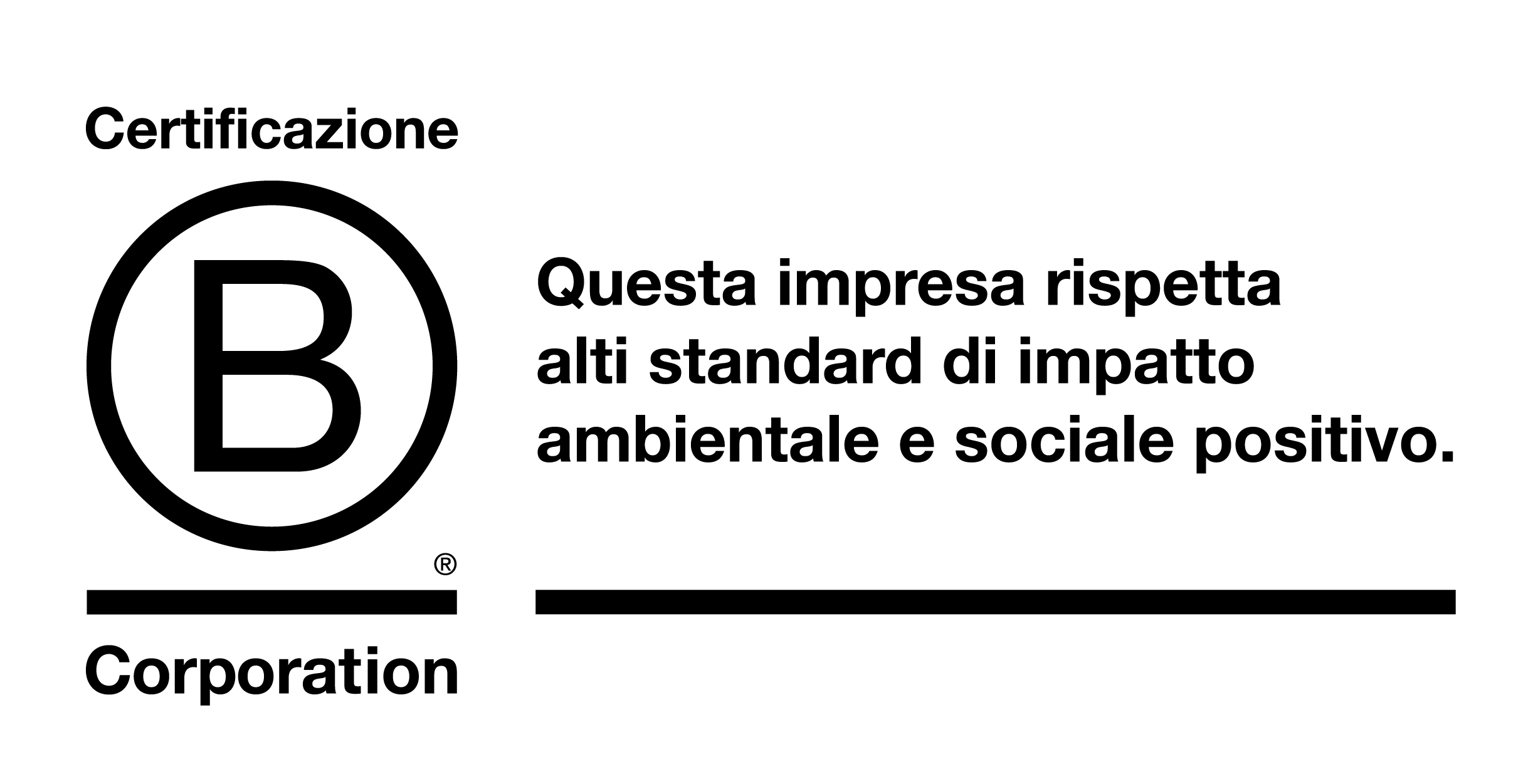From England to Sicily: the journey of the coppola hat
You can find them in the stalls along the streets of Palermo, the handmade coppola hats are the absolute symbol of Sicily, so that they are traditionally still worn by the oldest people of the island.
We took inspiration from the past, namely the cloche hat, the newsboy hat and the coppola hat, to create a capsule collection of iconic and vintage hats in denim cotton recycled from old jeans. In this post we will tell you the history and characteristics of the coppola or flat-cap, a hat symbol of the Anglo-Saxon world that has been completely integrated into the culture of southern Italy.

The history of coppola hat
The origin of coppola hat was linked to two different countries that often in history have twisted together some events related to the textile tradition, particularly to wool production.
Thus, it is widely believed that the flat hat was firstly born in England, where a law dating back to 1570 required men, with the exception of nobles and the upper middle class, to wear only woolen hats made in England, especially on holidays and Sundays. This imposition aimed to protect the domestic production of wool, which was the basis of the country's economy at the time.
So how did the coppola hat reach Sicily? It seems that the flat cap arrived in the south of Italy through a migration of English people to Sicily. Between the late 19th and early 20th century, several English families migrated to Sicily in search of bargains and good deals. Thus, the flat cap, which was already very much in vogue both in England and Ireland, spread to Sicily and southern Italy. It took the italian name of "coppola", deriving from the English "cup", because of its shape that recalls it.
According to the italian dictionary Garzanti, the word “coppola” comes from “coppa”, a word from sicilian dialect which refers to the summit of a person.
Characteristics of the coppola hat
The coppola hat was born as a masculine hat made of wool, which made it durable and warm. Fabrics inspired by the English style are often used, namely the tweed cloth.
The smooth, one-piece lined crown is designed to rest slightly on the rigid brim of the hat. These two parts are in fact often pinned through a stitch or in some versions through a snap button.
It is precisely the long shape from the back of the head to the visor that has led to this hat being called flat cap in English.
The coppola hat among the social classes

When it was first widespread throughout the Anglo-Saxon countries around 1600, the flat cap was associated with social classes of fairly low extraction.
Over the years and with the change towards more mobile social classes, the flat cap also became part of the imaginary linked to hunting and rich people's sports, such as golf, but also related to specific musical genres such as jazz, born in America in the '20s.
In Italy the flat cap remained for a long time linked to the stereotype of the south culture and in particular of Sicily. Here it was worn by all men and was a symbol of wealth. Therefore it was often associated with the "picciotti". Those were boys and young men affiliated to the mafia clans who wore it upside down to show their rebellion against conventions.
Although it was born as a fairly heavy woolen hat, over time many versions of this hat have inspired designers and stylists, so they were born linen, cotton, patchwork... We at Rifò also wanted to create our own version, made with the recycled jeans fabric developed entirely by us! Come and discover the recycled jeans coppola hat Mimmo in our online shop.


 Copyright Rifò - All Rights Reserved - C.F./P.Iva 02426250979 - REA: PO - 534385 - Cap. Soc. 16737,23 €
Copyright Rifò - All Rights Reserved - C.F./P.Iva 02426250979 - REA: PO - 534385 - Cap. Soc. 16737,23 €
Laissez un commentaire
Votre adresse email ne sera pas publiée. Les champs requis sont indiqués *